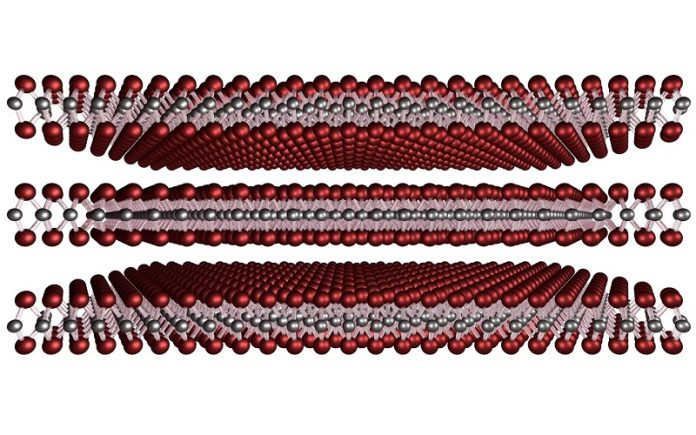
Ever spilled water on a table and watched how it flows?
How about watching ice on a cold winter’s day?
It’s obvious that water and ice behave differently, right? That’s because water is a liquid and ice is a solid – they have very different arrangements of their atoms.
But what if I told you there are substances that behave like both?
These strange substances are known as “liquid crystals”.
You might not know, but you use them every day when you look at your computer or phone screen, both of which use liquid crystal displays (LCDs).
These unique states combine order and disorder at the same time, just like a marching band doing a freestyle dance!
A group of researchers from different institutes, including the Max Planck Institute (MPI) for Multidisciplinary Sciences in Göttingen and Kiel University, recently did a cool experiment.
They created a weird state in a crystal that behaves like a liquid crystal – it’s neither fully liquid nor fully solid.
The crystal they used is made up of thin layers of metal and sulfur atoms stacked like a delicious layer cake.
But instead of using a knife to cut this cake, they used ultra-fast laser flashes! These flashes caused the crystal to change its shape within a tiny fraction of a second, making it a better conductor of electricity.
While the crystal was changing, it became incredibly disordered, kind of like when you mix up a Rubik’s cube. This state is known as a “hexatic state”, a term often used to describe liquid crystals.
However, in this experiment, the state disappeared very quickly, faster than you can blink!
Taking a snapshot of this change required an ultra-fast electron microscope, which is like a super-powered camera that can capture images of the tiniest things in our world. This microscope helped them to watch this quick-change action in a series of images.
This experiment opens up a whole new world of questions and potential applications. It helps scientists better understand layered crystals and quantum materials, which have properties that defy the laws of classical physics.
This research can also lead to development of new materials that might be used in future technologies.
This work was made possible thanks to a long history of crystal-growing research in Kiel and a great collaboration with the MPI and the German Electron Synchrotron (DESY) in Hamburg.
The researchers are excited about future collaborations that will help them unravel more mysteries about these strange new states in quantum materials.
Follow us on Twitter for more articles about this topic.
Source: Kiel University.



